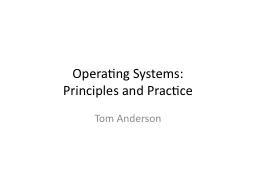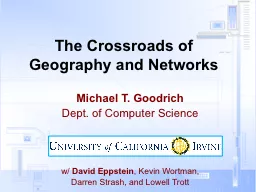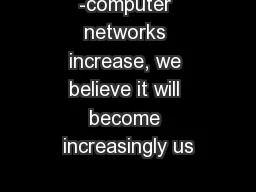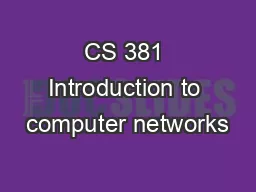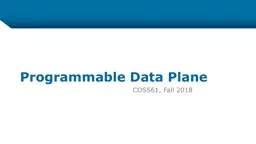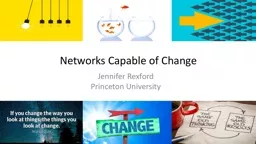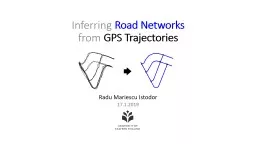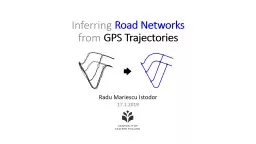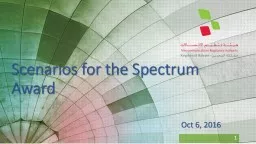PPT-The Road to SDN: An Intellectual History of Programmable Networks
Author : myesha-ticknor | Published Date : 2018-11-07
KyoungSoo Park Department of Electrical Engineering KAIST Paper Overview How has the concept of SDN developed 20 years of compiled efforts Summarizes the intellectual
Presentation Embed Code
Download Presentation
Download Presentation The PPT/PDF document "The Road to SDN: An Intellectual History..." is the property of its rightful owner. Permission is granted to download and print the materials on this website for personal, non-commercial use only, and to display it on your personal computer provided you do not modify the materials and that you retain all copyright notices contained in the materials. By downloading content from our website, you accept the terms of this agreement.
The Road to SDN: An Intellectual History of Programmable Networks: Transcript
Download Rules Of Document
"The Road to SDN: An Intellectual History of Programmable Networks"The content belongs to its owner. You may download and print it for personal use, without modification, and keep all copyright notices. By downloading, you agree to these terms.
Related Documents

